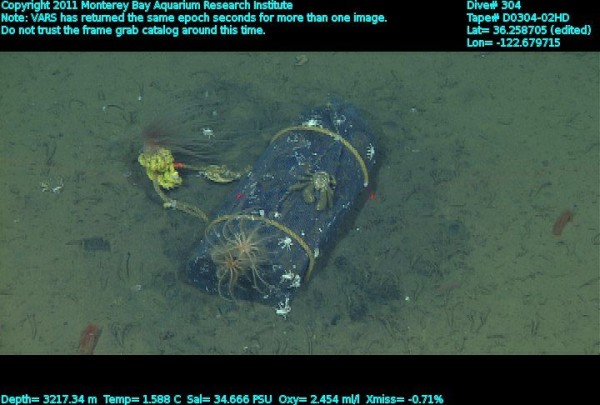
Nearly two miles below the ocean’s surface, we are building new worlds. You might be surprised that these ecospheres are wooden—little log cabins hosting a cornucopia of sea life. By controlling the size of these wooden homes, we can begin to answer fundamental questions about how the oceans will adapt to climate change. In our most recent, paper we are beginning to grasp the extent that food controls biodiversity, biological novelty, and the competition among species.
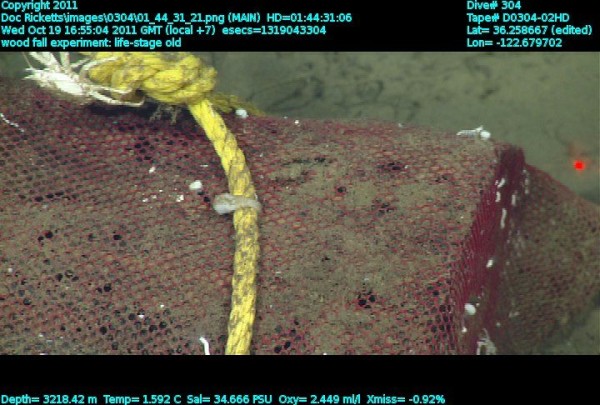
On the seafloor, chunks of wood—we call them wood falls—play host to a variety of invertebrate species often not found anywhere else in the ocean. These species live their entire lives on waterlogged timber; settling out of the water column as larvae to consume wood, or to prey upon other species that do. Once on a wood fall, these organisms can never leave, their dispersal limited to the beginning of their lives as plankton. And for all of these reasons, the island communities created by wood falls serve as the perfect experiment.
Because of humans, the oceans are radically changing. They’re becoming warmer, more acidic, and less oxygenated. But an even more disturbing trend has been uncovered; the oceans may be becoming less productive, providing less food and carbon for its denizens. Scientists do not really have a handle on how life in the oceans will react to this finding. What will happen to individual species and whole communities of species? This is an intractable question in many ways because it is hard to test. We cannot easily experimentally adjust how much food a swath of ocean gets. Or can we? In a wood-fall experiment we can change the amount of food the community receives by simply adjusting the size of the log. These species cannot leave to look for better meals once they arrive. They are wholly dependent on the log we’ve provided in an otherwise barren patch of the deep ocean floor.
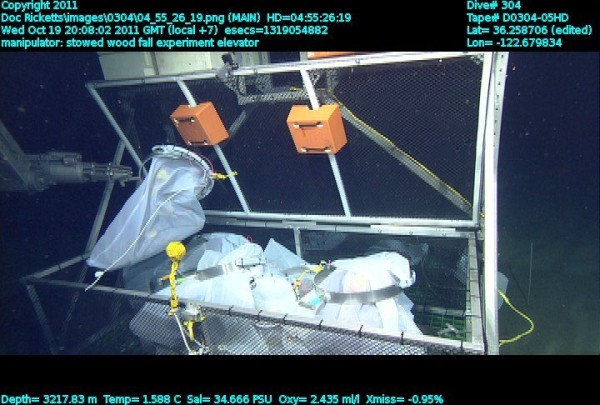
In 2006, Jim Barry (MBARI) and I placed 16 logs with a remote operated vehicle (ROV) over 2 miles down on the deep-sea floor off the California coast. We left them there for five years and then remotely and robotically harvested them. After sorting, identifying, and analyzing, these wood falls are revealing yet another fundamental insight.
How does more food, or more specifically more carbon, allow for more species? To explain the science, let’s visit a donut shop. At this donut shop, there are three types of donuts: chocolate, plain glazed, and raspberry filled. I ask the donut maker to make three new donuts and provide extra ingredients for them to do so.
In Scenario A, the donut maker produces chocolate, plain glazed, and raspberry filled along with a dark chocolate, a plain glazed with sprinkles, and a blueberry filled. The donut shop is still just serving three basic types of donuts: chocolate, plain glazed, and fruit filled. These new donuts are just slight deviations. We will call this Scenario A donut packing. The donut maker is just packing the menu with variants of the original donuts.
Much like donuts in a shop, we can think of species in a community the same way. As food increases and the number of species increase, are we getting slight deviations (donut packing) or something truly novel (donut expansion)? In the ecological sense, are niches, i.e. the full set of characteristics that describe a species and their requirements, being packed into the community or are we expanding the overall niche diversity.
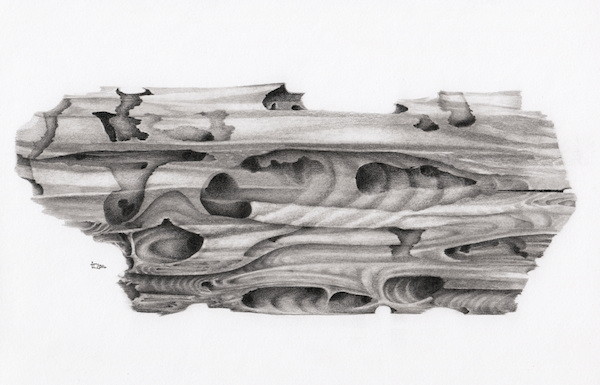
And so for our wood-fall species, we put numbers to each of their niches describing their feeding habits, how well and even if they move, as well as their preference for space on the wood fall. We found that as you increase the wood-fall size, and the amount of wood, you do not get truly novel species, rather you pack these species into the community. They are just slight deviations. This suggest that increased food reduces competition among animals allowing them to coexist peacefully. Species do not have to be completely novel to join the community.
In the end this means that decreases of productivity in the oceans, will limit diversity by not allowing species to coexist. Species will be vying for the same spots and in the end many may lose.
McClain, C.R., C.L. Nunnally, A. Chapman, and J. Barry. (2018) Energetic Increases Lead to Niche Packing in Deep-Sea Wood Falls. Biology Letters
Share the post "Wooden Homes on the Seafloor Yield Insights Into the Impacts of Climate Change"


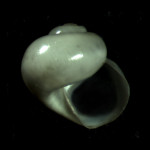

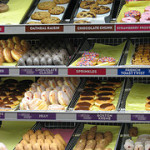


Great comparison with the donut example, well done.